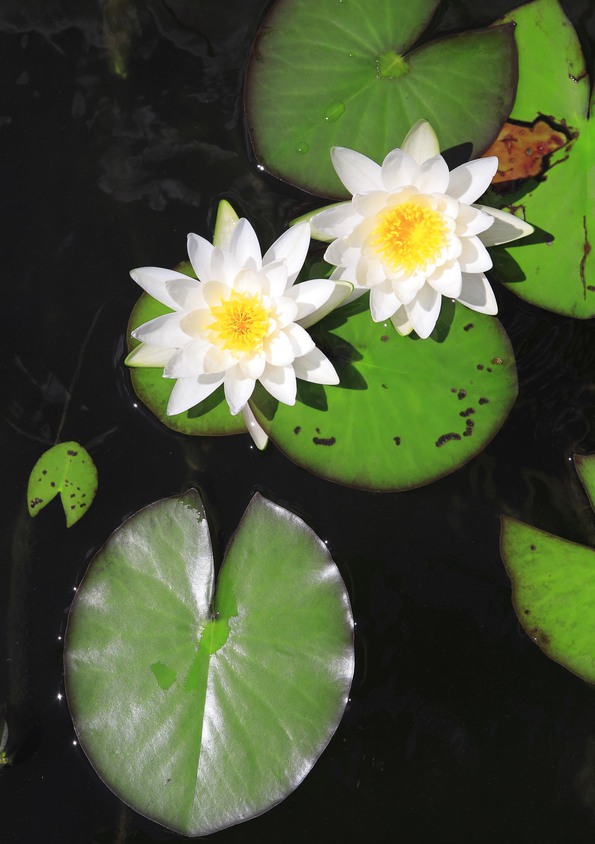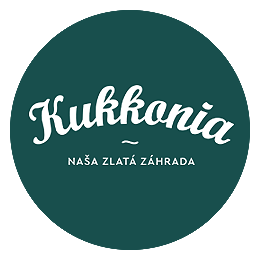 Our big river island is regularly flooded, mainly the areas near the rivers Danube and the Little Danube. The fauna has adapted to the floods occurring every year, mainly the typical trees of floodplains, white and sandbar willows, common alder, as well as white, grey and black poplars. These forests of willows and poplars occur not only along the Danube, but along its branches as well as along the Little Danube. The most common shrubs are European white elm, elder and common dogwood. The undergrowth changes with the season and the local moisture levels. Besides the common reed canary grass, great nettle, blackberry and rye-grass species, marsh-bedstraw, goose grass, marigold, comfrey, mint, summer snowflake and a variety of nettles can be observed too.
Our big river island is regularly flooded, mainly the areas near the rivers Danube and the Little Danube. The fauna has adapted to the floods occurring every year, mainly the typical trees of floodplains, white and sandbar willows, common alder, as well as white, grey and black poplars. These forests of willows and poplars occur not only along the Danube, but along its branches as well as along the Little Danube. The most common shrubs are European white elm, elder and common dogwood. The undergrowth changes with the season and the local moisture levels. Besides the common reed canary grass, great nettle, blackberry and rye-grass species, marsh-bedstraw, goose grass, marigold, comfrey, mint, summer snowflake and a variety of nettles can be observed too.
 On the banks of the Little Danube, water forget-me-not and meadow saffron can often be seen. The first harbinger of spring in the alluvial forests is the snowdrop, followed by several species of violets. Riversides are overgrown with creepers, such as traveller’s joy and hops, creating dense jungles here and there. Further from the river, in the areas not affected by floods and with a low groundwater level, stretch forests of hardwood, French oak, common ash, or European white elm. The shrubby undergrowth of alluvial forests include the protected European bladdernut, as well as the Tatar maple and viburnum. At grass level the underwood consists of Heliophyta or sun-loving species. These plants, e.g. the Corydalis Cava, knotweed, lily of the valley, wild garlic and spring squil, flower before tree crowns start to leaf. When these flowers appear in spring, they create a coloured carpet under trees not yet woken. When the crowns of the trees turn green, these flowers wilt and shade-tolerant plants take their place.
On the banks of the Little Danube, water forget-me-not and meadow saffron can often be seen. The first harbinger of spring in the alluvial forests is the snowdrop, followed by several species of violets. Riversides are overgrown with creepers, such as traveller’s joy and hops, creating dense jungles here and there. Further from the river, in the areas not affected by floods and with a low groundwater level, stretch forests of hardwood, French oak, common ash, or European white elm. The shrubby undergrowth of alluvial forests include the protected European bladdernut, as well as the Tatar maple and viburnum. At grass level the underwood consists of Heliophyta or sun-loving species. These plants, e.g. the Corydalis Cava, knotweed, lily of the valley, wild garlic and spring squil, flower before tree crowns start to leaf. When these flowers appear in spring, they create a coloured carpet under trees not yet woken. When the crowns of the trees turn green, these flowers wilt and shade-tolerant plants take their place.
 Great Rye Island’s lakes and slow-flowing waters present a significant showcase of a variety of fauna and flora. Among the most pristine habitats are the branches of the Danube at Čicov (Hun: Csicsó), called Čicovské mŕtve rameno (Hun: csicsói Duna-ág), and the branch of the Little Danube called Klátovské rameno (Hun: tőkési Duna-ág), on the border of the districts of Dunajská Streda and Komárno. Čicovské mŕtve rameno has a unique habitat, rich in the most varied of water plants. These include the legally protected water lilies, whose rhizome with which they cling to the muddy bottom, can be 1.5 to 3 m long. Their white petalled flowers, up to 20 cm in diameter, float on the water’s surface, with green outer and white inner petals. Water lilies can be found in stagnant waters, slow-flowing waters, canals, backwaters and fishponds as well, often together with yellow water lilies, common bladderworts, soft hornworts, and fringed water-lilies.
Great Rye Island’s lakes and slow-flowing waters present a significant showcase of a variety of fauna and flora. Among the most pristine habitats are the branches of the Danube at Čicov (Hun: Csicsó), called Čicovské mŕtve rameno (Hun: csicsói Duna-ág), and the branch of the Little Danube called Klátovské rameno (Hun: tőkési Duna-ág), on the border of the districts of Dunajská Streda and Komárno. Čicovské mŕtve rameno has a unique habitat, rich in the most varied of water plants. These include the legally protected water lilies, whose rhizome with which they cling to the muddy bottom, can be 1.5 to 3 m long. Their white petalled flowers, up to 20 cm in diameter, float on the water’s surface, with green outer and white inner petals. Water lilies can be found in stagnant waters, slow-flowing waters, canals, backwaters and fishponds as well, often together with yellow water lilies, common bladderworts, soft hornworts, and fringed water-lilies.
Some non-native plants however, interfere with native ones in the groves on the banks of the Danube. As for flowers, these are the purple impatiens, the Canadian goldenrod, aster novii-begii and among the trees the ash-leaved maple, the ailanthus and the common hackberry.
 The typical biotopes of Great Rye Island are wet groves and woods, where the ground water level is high. In such areas, swamps can be found mainly around former river branches. Swamps, which used to cover most of the land of Great Rye Island, can be found only sporadically nowadays, around Gabčíkovo (Hun: Bős), Dunajská Streda (Hun: Dunaszerdahely) and the Little Danube. Veľkolélsky island (Svk: Veľkolélsky ostrov, Hun: Nagyléli sziget) is one of those places, which, thanks to the environmentalists’ reconstruction of habitats, is slowly regaining its former character. Non-native plants are gradually supplanted from the island by native willows, bred poplars are changed for the original native species to bring back the character of the ancient alluvial forest. Some carefully protected plants, such as the Siberian iris and the Clematis integrifolia can be found only here, on Veľkolélsky island.
The typical biotopes of Great Rye Island are wet groves and woods, where the ground water level is high. In such areas, swamps can be found mainly around former river branches. Swamps, which used to cover most of the land of Great Rye Island, can be found only sporadically nowadays, around Gabčíkovo (Hun: Bős), Dunajská Streda (Hun: Dunaszerdahely) and the Little Danube. Veľkolélsky island (Svk: Veľkolélsky ostrov, Hun: Nagyléli sziget) is one of those places, which, thanks to the environmentalists’ reconstruction of habitats, is slowly regaining its former character. Non-native plants are gradually supplanted from the island by native willows, bred poplars are changed for the original native species to bring back the character of the ancient alluvial forest. Some carefully protected plants, such as the Siberian iris and the Clematis integrifolia can be found only here, on Veľkolélsky island.


